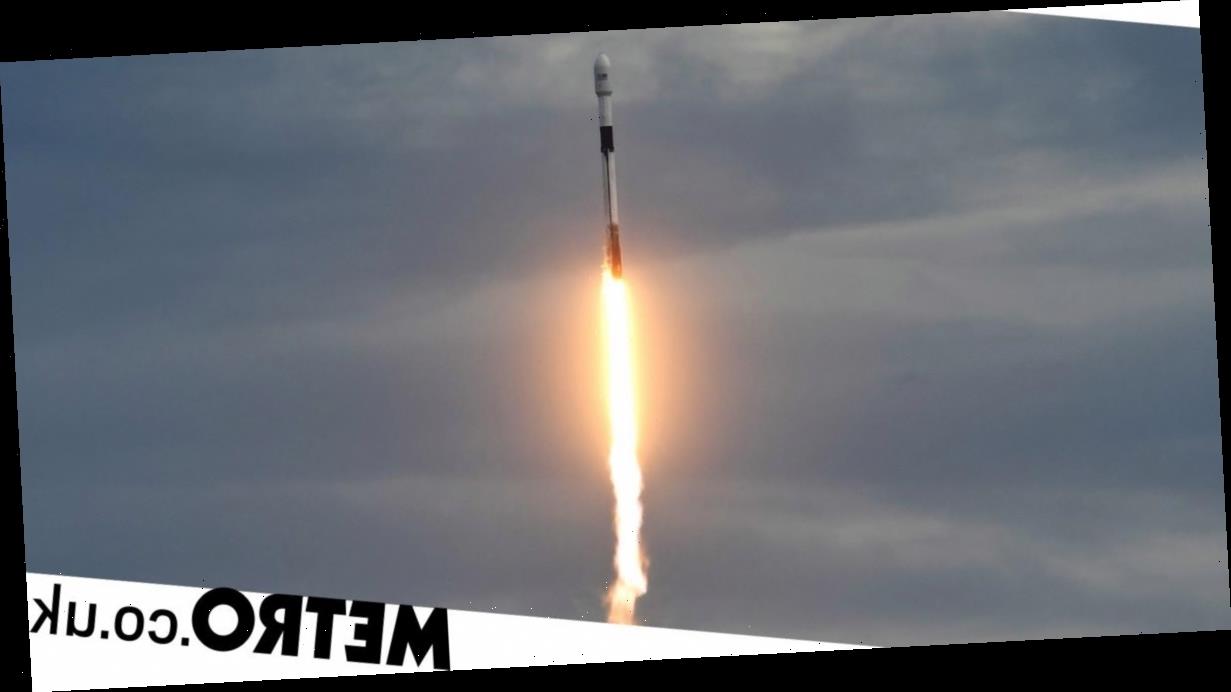SpaceX has launched a rocket for the 100th time and flown a rare polar corridor mission from Florida for the first time in 50 years.
The 229ft tall Falcon 9 set off on Sunday at 7.18pm Eastern Time following a day of poor weather conditions at Cape Canaveral Air Force Station.
SpaceX had aimed to launch two Falcon 9 rockets on the day, but persistent lightning and showers caused the first flight to be cancelled.
Conditions then improved by the evening, and the Falcon 9 was able to launch from pad 40 with Argentina’s SAOCOM 1B radar remote sensing satellite.
It flew southeast of Florida’s Space Coast before turning right over Fort Lauderdale and Miami.
It was the first time a rocket has been launched from Florida into polar orbit in 50 years. The rocket then successfully placed the Argentine radar observation satellite into orbit over the Earth’s poles, rather than following the equator.
First the Falcon 9 booster separated and began heading back to Cape Canaveral, where it landed around eight minutes into the mission. It was the 18th time SpaceX have successfully landed a Falcon 9 booster at the site since 2015.
Meanwhile the Falcon 9’s upper stage thrust the SAOCOM 1B satellite into orbit around 380 miles above Earth, with it separating approximately 14 minutes after the launch. It is the second of two Earth-observing satellites that SpaceX has launched for Argentina’s space agency.
The last polar orbit launch to take place from Florida was in 1969, when a Delta rocket launched the ESSA 9 weather satellite.
Until recently, most US polar launches have taken place from the southern coast of California, so the rockets fly over open ocean and not populated land.
In 2016, the Air Force began considering bringing polar launches to Florida after the Vandenberg Air Force Base was damaged in wildfires. But as of today, only SpaceX can fly the unique path from Florida because of the way the Falcon 9 rockets are designed.
The rockets have an automatic flight safety system, meaning they can self-destruct if something goes wrong or it strays off path.
Brigadier General, Douglas Schiess, commander of the 45th Space Wing, said Cuba and Miami were not in any danger during the mission. He noted during a press conference: ‘As we get up into the northern part of North America, we start to overfly some islands as well, but we’re at a safer altitude at that point.’
Get in touch with our news team by emailing us at [email protected].
For more stories like this, check our news page.
Source: Read Full Article


